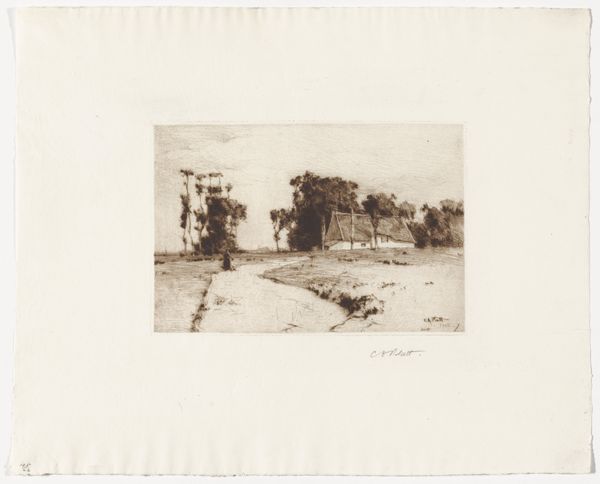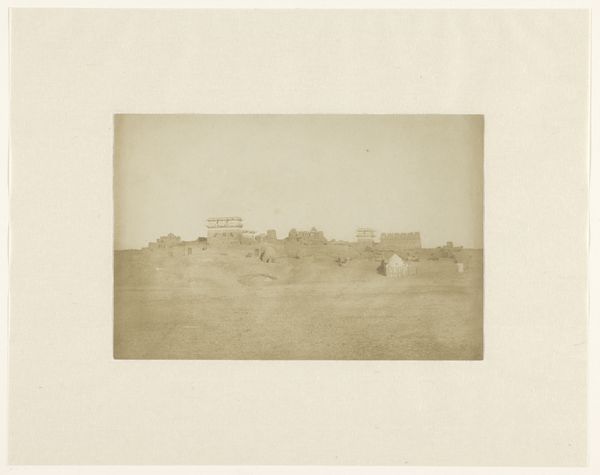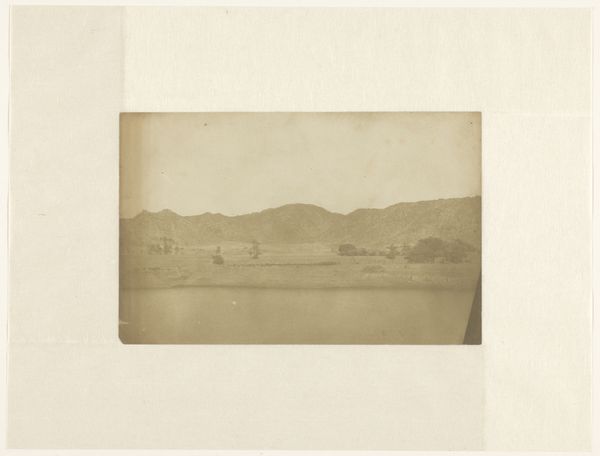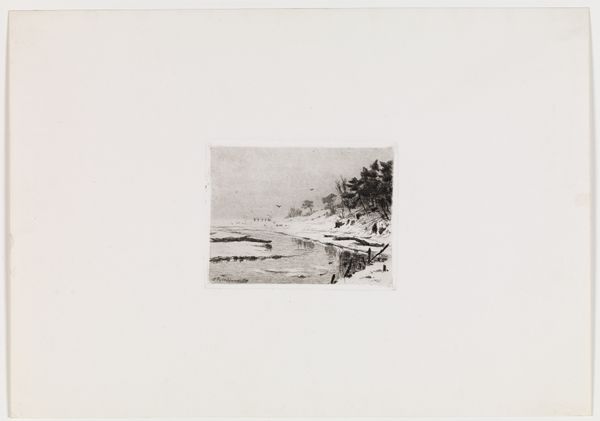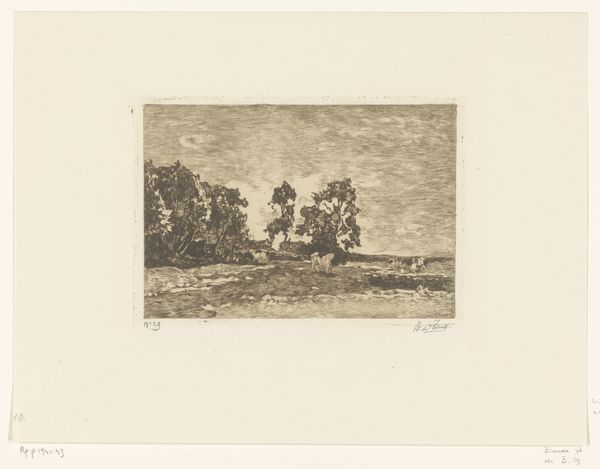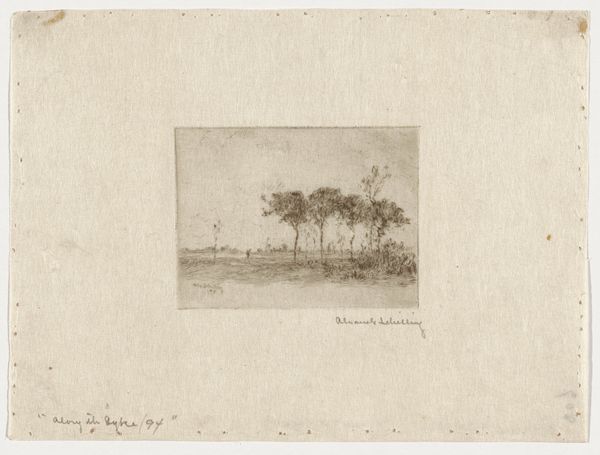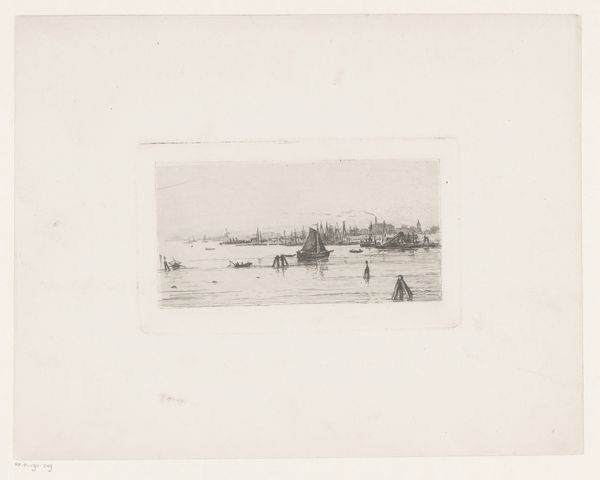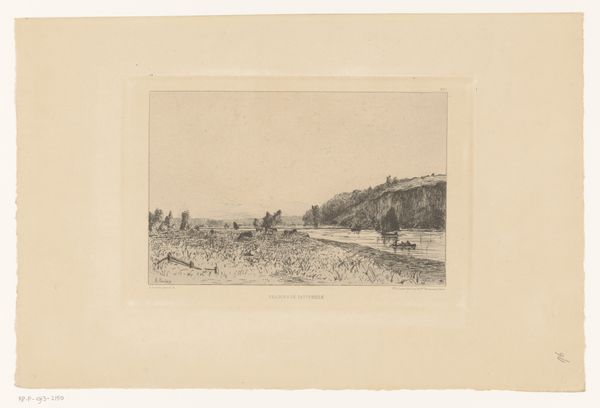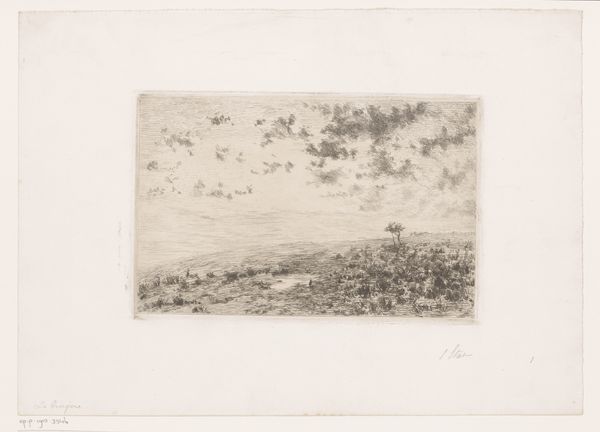
photography
#
landscape
#
photography
#
orientalism
Dimensions: height 146 mm, width 211 mm
Copyright: Rijks Museum: Open Domain
Editor: So, this is "Landschap in Noord-Egypte" from 1852 by Ernest Benecke, it's a photograph. There's this hazy, almost dreamlike quality to it, and it feels very still. How do you interpret this work? Curator: This photograph, created in 1852, presents us with more than just a landscape; it offers a glimpse into the complex relationship between the West and the "Orient" at the time. Consider, how does the very act of photographing this landscape reflect a power dynamic? Editor: Hmm, power dynamic... you mean like the photographer going to a different land to capture and "own" the image? Curator: Precisely! The rise of photography coincided with intensified colonialism. Benecke, a Western artist, is framing and, in a way, claiming this Egyptian landscape. Look at how the scene is composed: the land stretches out, seemingly empty. Who isn't represented here? What stories aren't being told? Editor: You're right, it does seem to omit the everyday lives of people. I was focusing on the aesthetic, but it’s impossible to ignore the historical context of colonialism and its influence on the creation and interpretation of the work. Curator: Exactly, understanding that informs our view. Orientalism, as a concept, played a huge role in shaping Western perceptions. Does the photograph perhaps perpetuate stereotypes or exoticize the "other"? Editor: Now that you mention it, it sort of does, it focuses on a romantic vision of Egypt. Thanks for shedding some light on that. I see it now. Curator: And I am happy to revisit this picture knowing now how my gaze can overlook its implications.
Comments
No comments
Be the first to comment and join the conversation on the ultimate creative platform.
